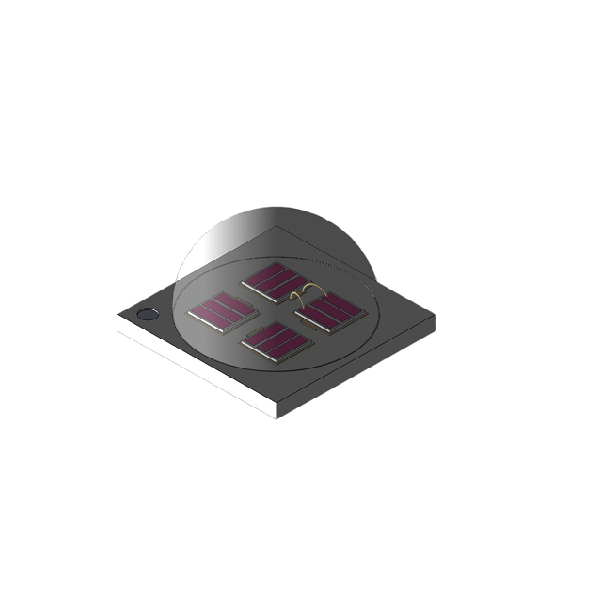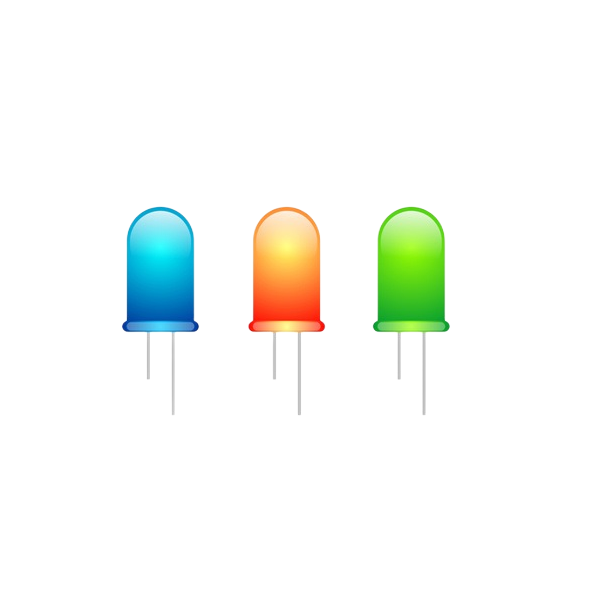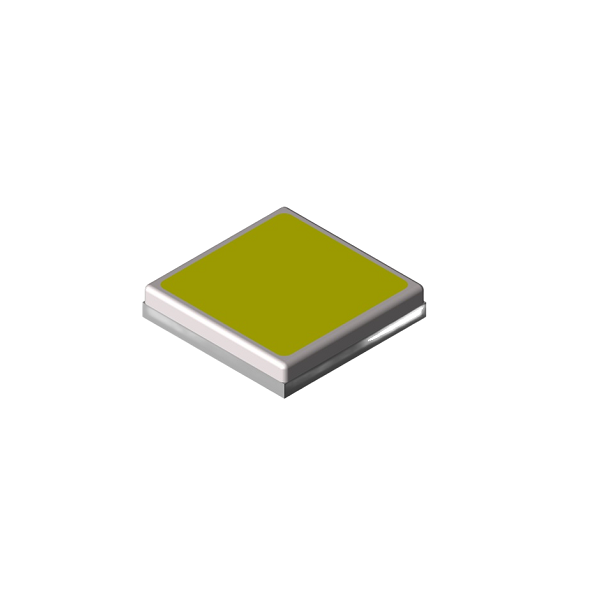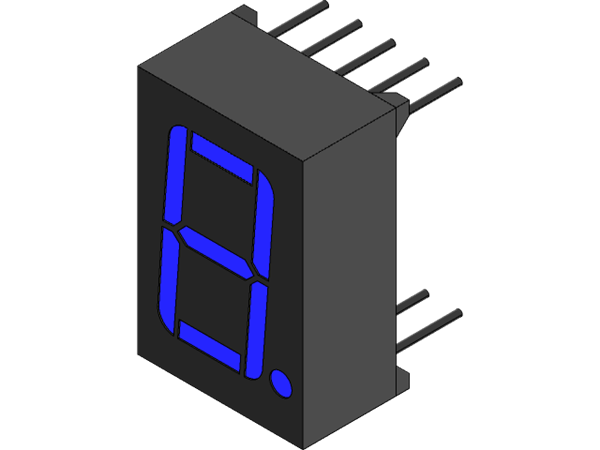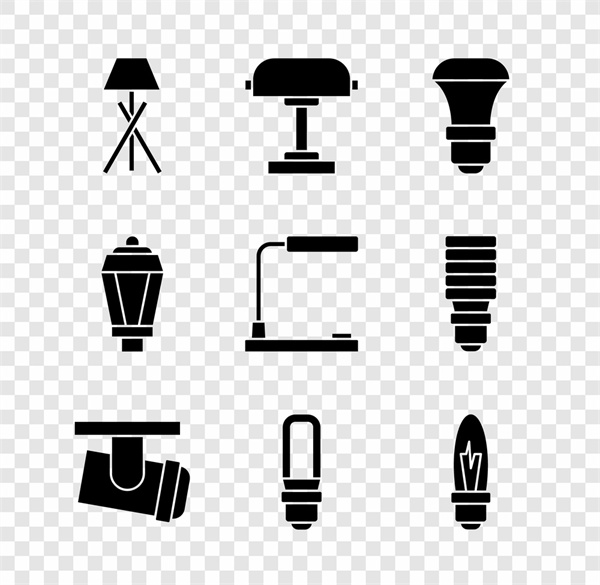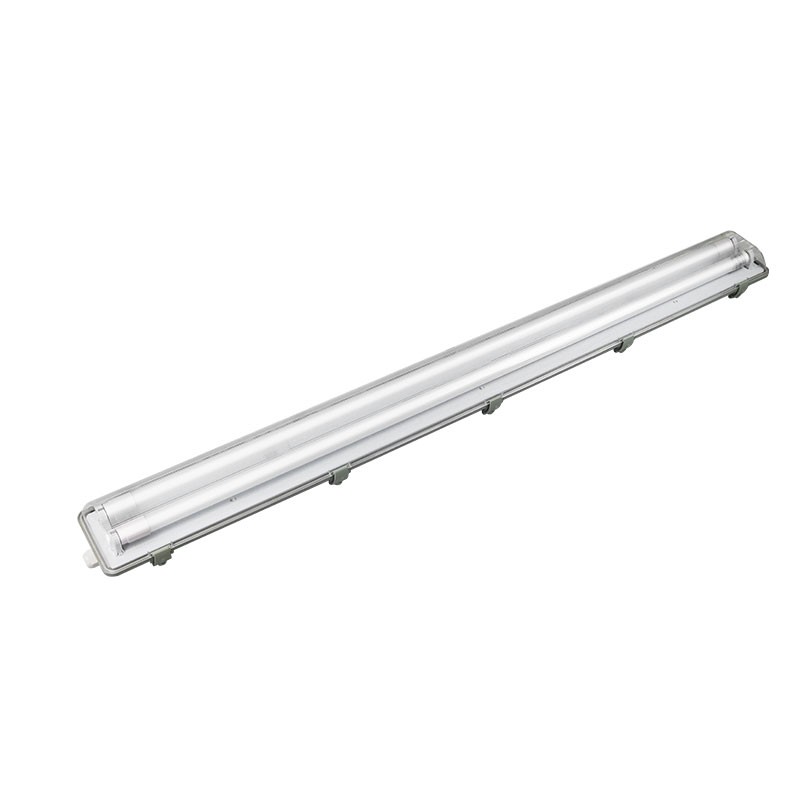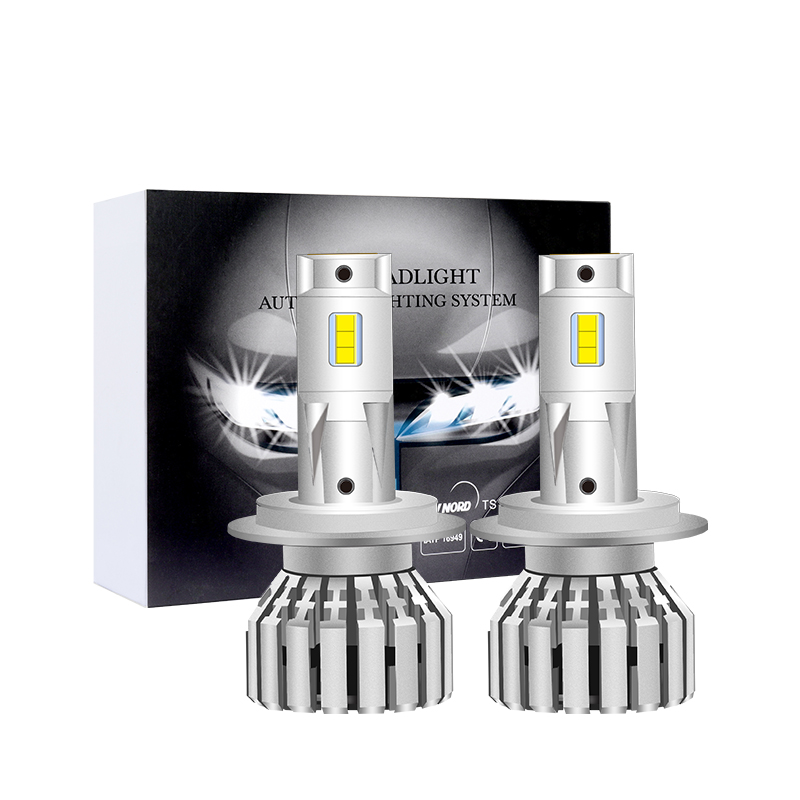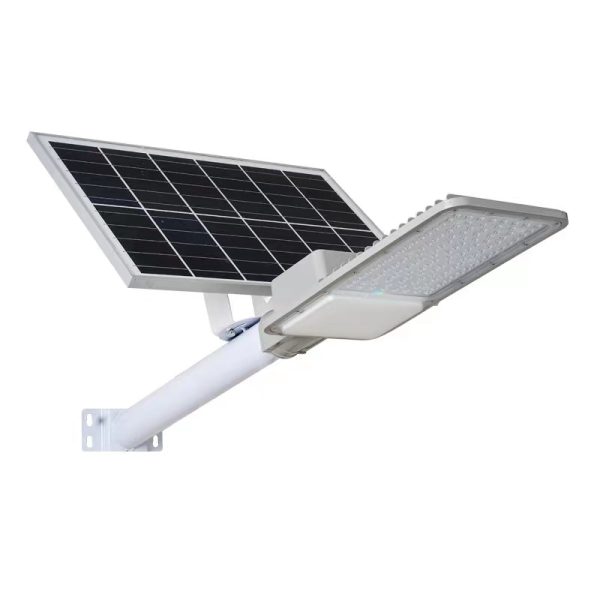led farming
Significance of LED agricultural lighting
In a large agricultural country, with the development of agricultural technology, the problems faced by agricultural development are also increasing, such as the increasing impact of climate change on agricultural production, etc. Modern agriculture with high technology, low consumption and high efficiency has become an important direction of agricultural development ;
It has an important strategic position in China’s agricultural development and is highly valued. In 2020, China’s State Council No. 1 Document “Several Opinions of the Central Committee of the Communist Party of China and the State Council on Intensifying the Overall Planning of Urban and Rural Development and Further Consolidating the Foundation for Agricultural and Rural Development” also clearly stated that it is necessary to actively support the transformation of agricultural development methods and improve agricultural technology innovation and promotion capabilities.
It should be noted that with the continuous development of modern agriculture, the demand and energy consumption of agricultural lighting are constantly expanding, which also poses new challenges to traditional agricultural lighting technology. As a new generation of light source, LED, in addition to the characteristics of environmental protection and energy saving, compared with artificial light sources such as fluorescent lamps or high-pressure sodium lamps commonly used in traditional agricultural fields, has the characteristics of adjustable light quantity, adjustable light quality, low cooling load, and allows increased cultivation per unit area. It is a very suitable artificial light source for closed and environment-controlled agricultural production environments, such as plant tissue culture rooms. At the same time, it also has great application value in farming and microalgae cultivation.
It is foreseeable that the application of LED will bring more innovations to agriculture. For example, the plant factory is considered to be the development stage of facility agriculture, integrating modern biotechnology, information technology, artificial environment control and other high technologies. Not only the output is higher than Open field cultivation is multiple times, and it can also be produced on non-arable lands such as Gobi, deserts, islands, water surfaces, and even urban buildings. It is also considered to be an effective technical means to solve problems such as population, resources, and environment in the future.
Whether it is from the perspective of promoting the development of modern agriculture or realizing energy conservation and environmental protection, the application of LEDs in agriculture is of great significance, and the status and development needs of agriculture also provide development opportunities for LEDs.
LEDs have begun to be used in agricultural lighting, such as the establishment of solar photovoltaic LED plant factories in some domestic agricultural demonstration areas. In addition to some applications, the research and development of related technologies for the application of LEDs in the agricultural field has also attracted increasing attention.
In December 2020, the “Plant Factory Innovation Achievement Conference” was held at the Chinese Academy of Agricultural Sciences. The high-tech enterprises affiliated to the Chinese Academy of Agricultural Sciences launched a family version of the plant factory and a series of home gardening products, and signed strategic cooperation agreements with dozens of internationally renowned companies. , reached an agreement on technological innovation and market development in the fields of LED plant lighting source, industrial control, air conditioning environment control, nutrient solution preparation, etc., and signed a strategic alliance.
The holding of the press conference not only marks the official birth of the first home-based plant factory in China, but also heralds the formal formation of a strategic alliance for the research and development of the plant factory.
In addition, with the development of LED technology, the United States, Japan, South Korea and other countries have taken the application of LED agricultural lighting as an important development direction and actively deployed it. Many manufacturers at home and abroad have also entered into agricultural lighting, and the competition of LED in the field of agricultural lighting is quietly going on.
Traditional lighting is a visual application. It is a lighting system (lighting device) composed of artificial light or natural light that transmits light with specific luminosity and chromaticity requirements to the target object according to the distribution characteristics of scientific design for human perception and information acquisition.
Agricultural lighting is a lighting application method that includes visual and non-visual functions. Traditional agricultural lighting refers to the use of photoelectric light sources to artificially create a suitable light environment or make up for the lack of natural light to regulate the growth and development of agricultural organisms in accordance with the production target requirements of various fields of agricultural production. and an agronomic measure for reproduction.
The emergence of LEDs has pushed agricultural lighting into a new stage of development, called agricultural semiconductor lighting, a new lighting method that belongs to the category of modern agricultural lighting. Agricultural semiconductor lighting refers to the use of semiconductor electric light source and its intelligent control equipment to artificially create a suitable light environment or make up for the lack of natural light according to the law of light environment demand of agricultural organisms and the production target requirements of various fields of agricultural production, and to regulate the life of agricultural organisms. An agronomic measure to achieve high-quality, high-yield, high-efficiency, and stable production goals through growth, development, and reproduction.
Features of agricultural semiconductor lighting:
(1) The electric light source of agricultural semiconductor lighting is the fourth generation semiconductor solid-state light source-light-emitting diode and other modern electric light sources;
(2) The spectrum of the electric light source can be adjusted, and the light intensity, light quality and photoperiod can be controlled in real time;
(3) It can meet the needs of light environment regulation in various fields of modern agricultural production, and achieve the goals of high yield, high efficiency, high quality, and stable yield;
(4) Agricultural semiconductor lighting includes both visual lighting and non-visual lighting. Among them, the lighting of plants and edible fungi belongs to the former, and the lighting of livestock and poultry farming belongs to the visual category;
(5) Agricultural semiconductor lighting can completely break through the diurnal and interannual photoperiod laws of natural lighting, and completely control lighting conditions according to needs;
(6) The control of light environment needs to be carried out in coordination with the control of other environmental elements, and comprehensive and coordinated control. Facility horticulture semiconductor lighting is an emerging research branch of facility horticulture engineering, an important part of agricultural semiconductor lighting, and an important field of non-visual application of semiconductor lighting. Chinese facility horticulture needs to vigorously research and develop semiconductor lighting technology and equipment to speed up the application process and industrialization .


